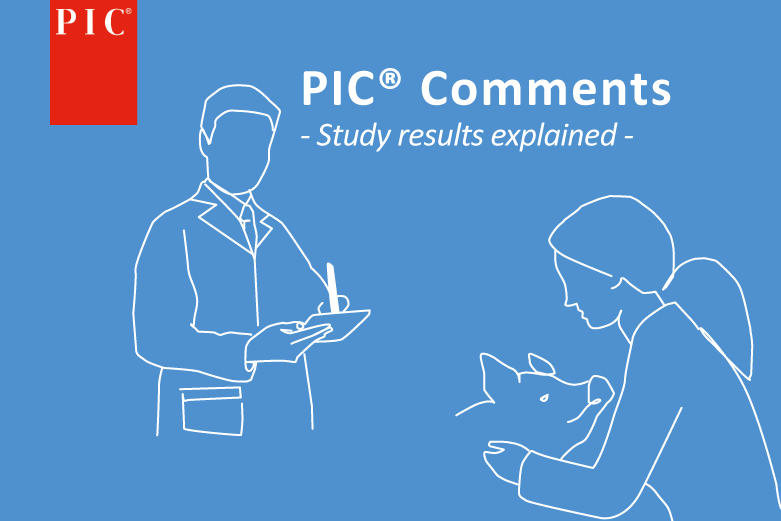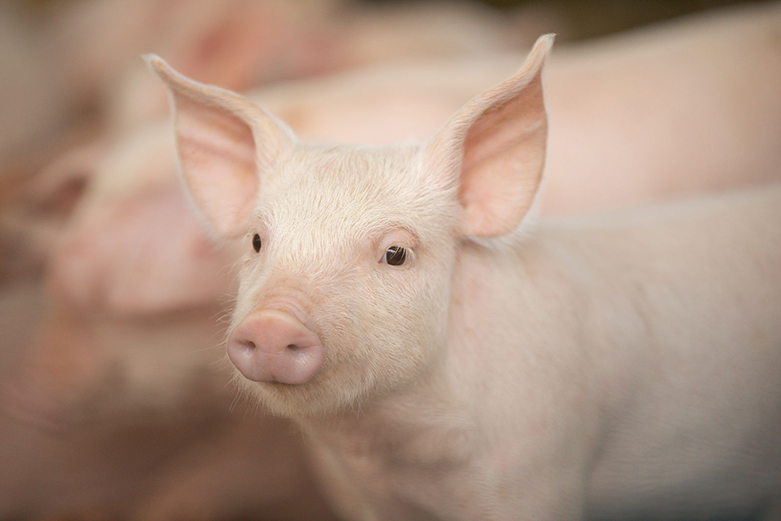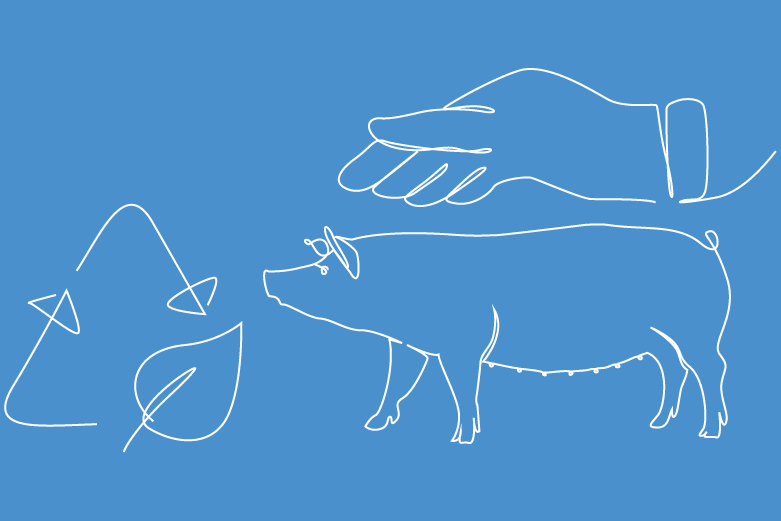Pork producers often think about meat as the only commodity they produce. But Chris Hostetler, director of animal science at the National Pork Board, argues they produce so much more and deserve to see benefits for their efforts.

In October 2022, PIC and the National Pork Board teamed up to develop a framework that will help demonstrate the valuable role genetics play in creating a more sustainable protein supply. This framework will help determine what needs to credibly be done and demonstrated in order for corporations to claim a genetic improvement as a greenhouse gas reduction.
PIC recently completed its first life cycle assessment (LCA) to quantify the sustainability benefits that can be achieved through the use of their program’s genetic improvements. A second LCA quantifying the sustainability benefits achieved through gene editing is forthcoming. The company saw an opportunity for the entire industry to potentially value genetic improvements because healthier, more robust pigs are more feed efficient and create less waste.
LCAs are standardized models that allow the environmental impact of a product to be quantified. Hostetler says it’s a good time to gather data to create LCAs to quantify alternative value streams for pork producers.
We have the ability now, through a variety of technological platforms, to collect data in a very robust way. I think that the timing, in terms of where we’re at as an industry, is really good for gathering that information, warehousing that data, and then scaling that up to the industry as a whole.
Chris Hostetler, director of animal science at the National Pork Board
The ultimate goal is physical monetization of carbon credits that are attributed to innovation leading to genetic improvement, he explains.
“In this project, we are working on innovations related to genetics, but there are other innovations that may convey a carbon benefit as well,” Hostetler adds. “Development of this framework, and ultimately the writing of the protocol and executing a pilot project, creates a roadmap for other innovations in place of a genetic innovation.”
When No Standards Exist
The framework is almost complete and will answer a lot of questions for companies interested in monetizing innovation, says Banks Baker, global director, product sustainability for PIC.
“It outlines all the things that must exist in order for a corporation to make a claim. How do you validate? What does the reduction have to occur? Who gets the claim? It’s kind of a precursor to a carbon protocol,” he says.
In this emerging carbon space, limited standards exist, Baker adds. Because of that, there are no standards to create a standard either.
“We worked with National Pork Board and the Context Network, an agricultural-based consultancy, to help us build out what that framework would look like. They helped us engage with the whole value chain all the way from producers to carbon experts to downstream buyers of this potential asset, like foodservice and processors. We wanted to know what they would have to see in this framework to make it credible and usable,” Baker says.
They opened up the proposed framework for public comment for a two-month period, received over 100 pieces of feedback and revisions, and then went back to work on the framework. A final public comment period for the revised framework was held in March.
“We’ll make revisions again,” Baker says. “And then we’ll have an outline of what needs to exist in order for genetic improvements to be claimed as a scope three greenhouse gas reduction downstream.”
Once the framework is finished, PIC plans to pilot it with the food system partners to go out and demonstrate that carbon value can be created, that it exists and that it can also be transferred to other stakeholders in the supply chain.
“We’re in the final stages of building out what those pilots could look like,” Baker says. “We’d like to do a full inset carbon program pilot, where we’ll start with a producer that utilizes a full-program PIC animal and track the carbon reduction benefits to the packer/processor and the primary origin foodservice or retail user. There may also be opportunities to include a renderer and user of that rendered product.”
There is a piece of that carbon value that each member in that inset pilot project can claim, he adds.
“We don’t know if this will end up being a minted carbon credit. I think we’re starting to see carbon treated as a preferential product attribute similar to what you would see in the meat industry like a quality grade or some type of differentiated product, like a no antibiotic ever or specific housing system,” Baker says. “But we believe there’s some value the producer can get from that, whether it be a direct economic incentive from a premium, or a minted carbon credit that can be sold, and they can retain some of the value.”
At the end of the day, PIC and National Pork Board are trying to figure out the different ways that this could potentially play out, while understanding how they can enable significant reductions at scale for all of those different members that are in the value chain.
“We’re hoping to have the pilot done by the end of 2024,” Hostetler says. “We welcome and encourage other companies that have genetic innovations or other innovations to use this framework and protocol adopted to their specific needs to monetize their carbon credit, too. This has been paid for by the pork producers, so it’s publicly available for use by others.”
How Can It Help You?
Coming off nearly two years of economic challenges, Hostetler encourages producers to think about additional revenue streams that they produce beyond pork.
“We see it over on the dairy side,” he says. “The dairy producers in California are not making money on their milk. They’re making money on methane that they harvest from their manure storage.”
There may be other valuable components to sustainability that pork producers produce beyond carbon, Hostetler points out. For example, water may be monetized at some point in time. Through manure, nitrogen is monetized already. As other markets develop for ecosystem assets in the future, he believes what the pork industry is doing today in the carbon space could have direct correlation to those ecosystem asset markets as well.
Production efficiency already delivers value back to a producer, Banks says, through healthy, robust, efficient animals. But he’s excited that there could be even more captured from improvements in efficiency beyond the farm.
“Now we’re able to share that outcome back to corporations that need these benefits,” Baker says. “Many things we’ve seen invested in, like regenerative agriculture, no-till and grazing, are all important interventions and will be a part of the solution that get us to 2030 and 2050.”
But he points out that they are also very complex models to validate progress. Typically, they focus on sequestering carbon, which is a biological process that can be hindered by a variety of environmental variables.
“One of the things we’re excited about on the genetic side is that it’s a mitigation opportunity. We’re able to actually abate those emissions before they even occur. We’re lucky in pork because so many of our production systems are inside. We’ve got limited environmental variables and the models we use to estimate those impacts are much cleaner and easier to demonstrate,” Baker says.
All of this results in a higher degree of credibility.
“I think it will be exciting when we get large brands on board and this goes from being this theoretical possibility to something that’s real where we can actually show that this value does exist and there’s a new value proposition for producers at the end of it,” Baker says.
This article was originally published at www.porkbusiness.com, author Jennifer Shike, 2024/04/24: How Valuing Carbon Could Open Doors for Pork Producers | Pork Business




